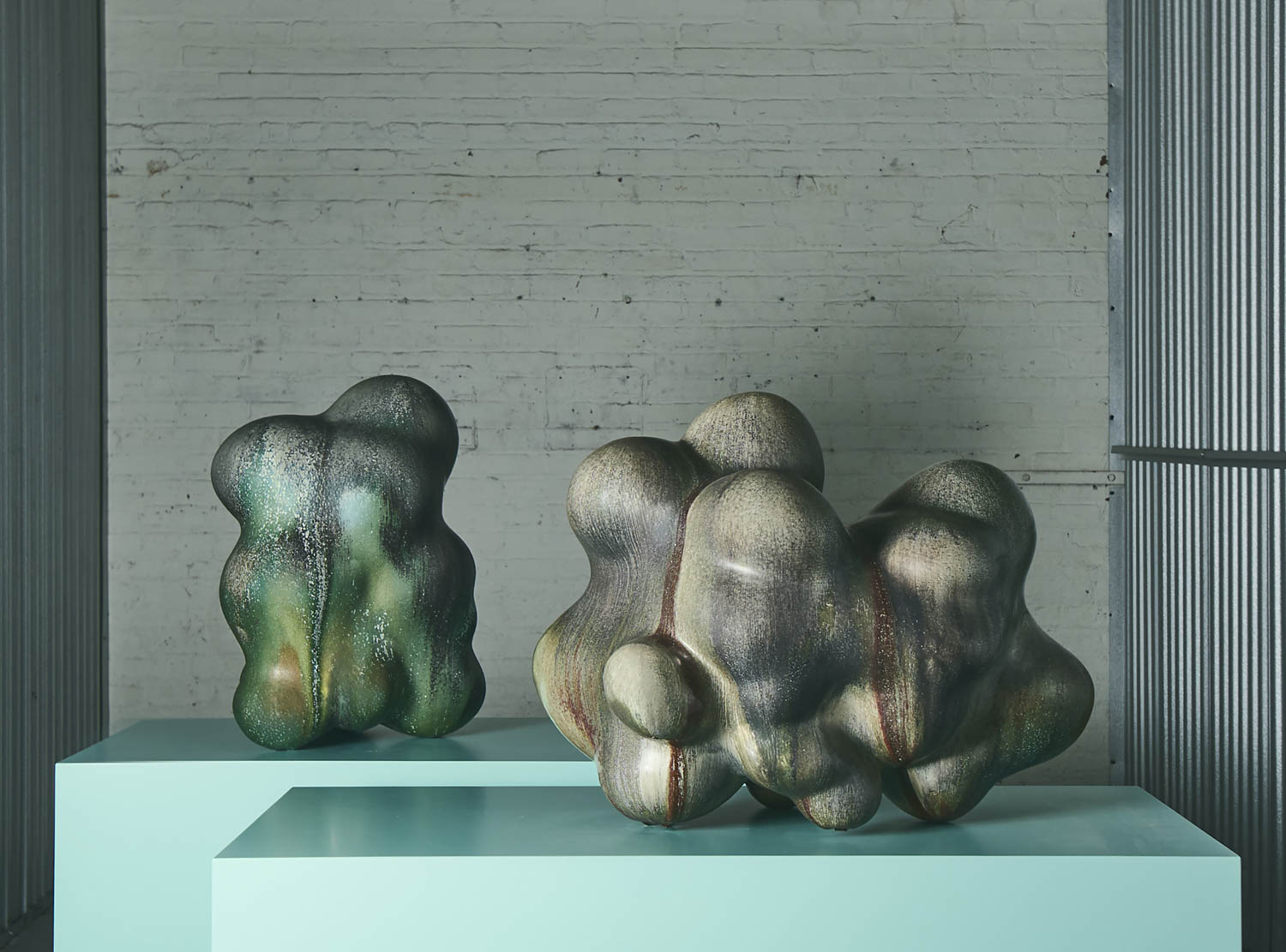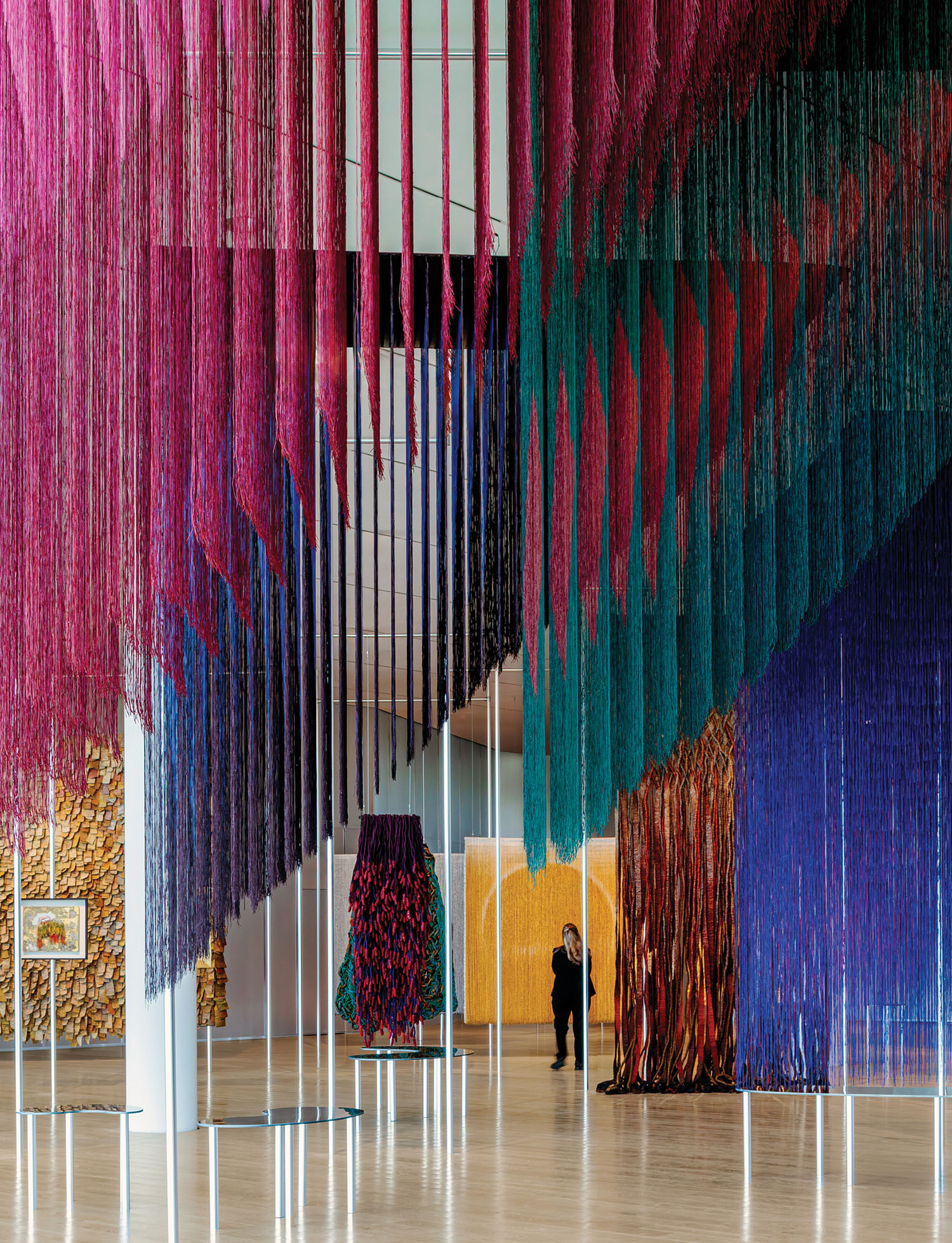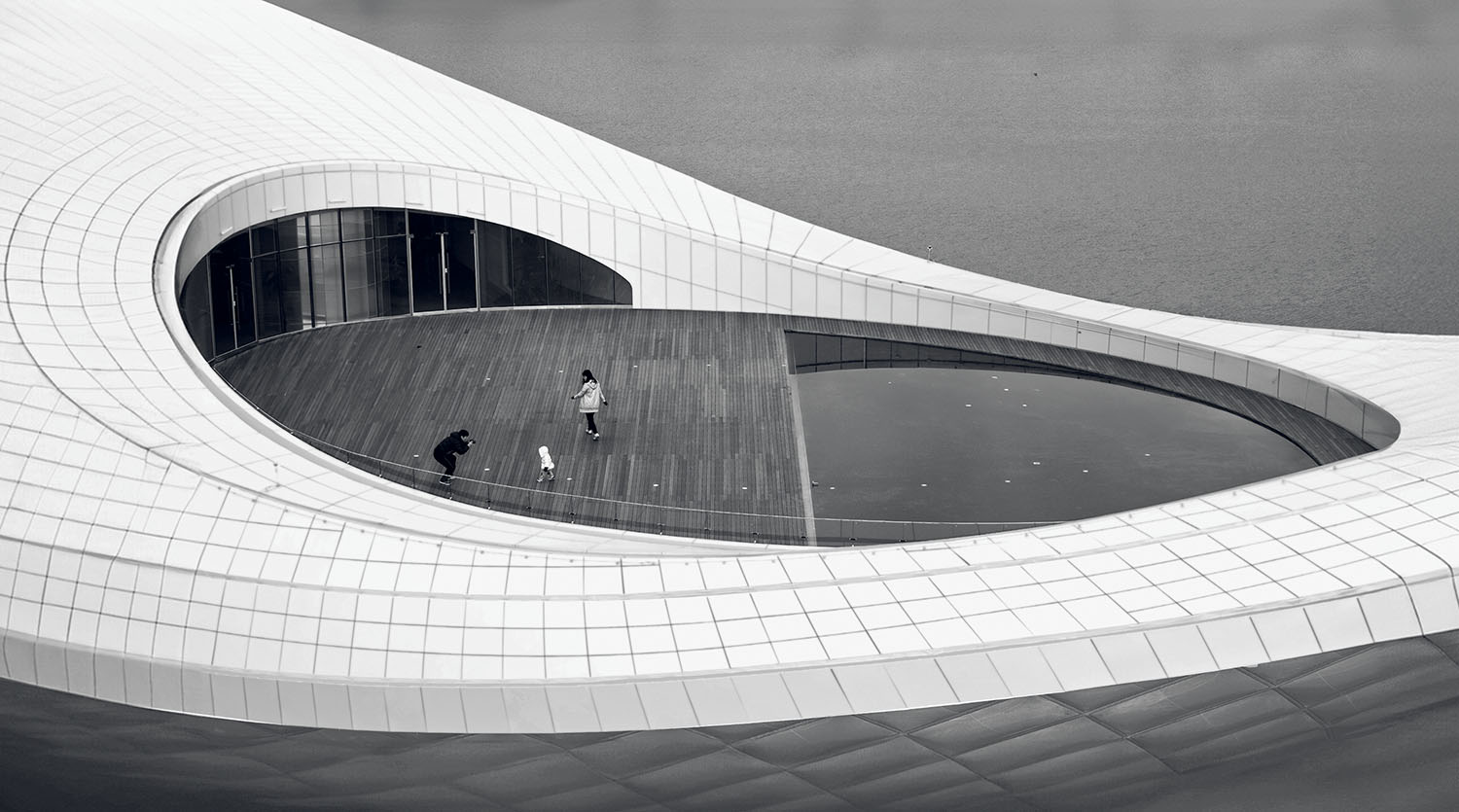Innovations Underfoot: 5 Trends in Flooring
Combining time-honored patterns and craft techniques with new technology, flooring brands are offering customers a greater quality and choice than ever before. We take a look at the innovations taking place beneath our feet:
1. New aggregates: Synonymous with midcentury interiors, terrazzo surfaces are back in a big way with a renewed focus on their sustainable slant. Designed by Max Lamb and produced by London brand dzek, ‘Marmoreal’ is an engineered marble that combines fragments of red Rosso Verona, yellow Giallo Mori, green Verde Alpi and white Bianco Verona set within strong polyester resin binders. Whereas traditional terrazzo is made up of much finer pieces of marble, Marmoreal’s aggregates are large and rough cut, creating a bold but beautiful surface that is stronger, less porous and more durable than natural marbles. dzek founder Brent Dzekciorius tells us, “All of the marble utilised in Marmoreal is from quarries in the factory’s surrounding area and is a byproduct/waste material of dimension quarrying.”
2. Ceramic wood: Advancements in technology mean that ceramic and vinyl tiles can no longer be distinguished from their real wood counterparts. Soft and warm to the touch, these new sophisticated fakes are also more durable and easier to maintain than wood – they can even be used to tile wet rooms and shower cubicles. In order to innovate in an increasingly competitive market, Italian brand Lea Ceramiche is printing its ceramic wood planks with geometric herringbone patterns that resemble intricate wood inlay or marquetry. Featuring four graphics in warm and cool tones, the hard-wearing ‘Type-32 Slimtech’ tiles are designed by Milan-based designer and illustrator Diego Grandi.
3. Traditions reinterpreted: Ancient rug-making techniques are being reinterpreted for contemporary interiors through the use of new colors, abstracted patterns and contemporary production techniques. ‘The Lake’ series of lenticular rugs by London studio Raw Edges for Persian rug company Golran feature enlarged and cropped sections of the patterns found on traditional kilim rugs. Inspired by the work of Israeli lenticular artist Yaacov Agam and made by craftsmen in Nepal, the rugs feature varying pile heights that cause them to appear more or less colorful depending on the angle they are viewed from.
4. Kaleidoscopic Color: New improved weaving and printing technology has increased manufacturers’ ability to create carpets in an almost limitless spectrum of colors and precisely printed patterns. In turn this has given way to a spate of rugs and carpet designs that feature seamless color gradients made possible by the new technology. As a perfect example of this, Danish flooring brand Fletco have introduced a line of digitally printed carpet tiles that feature an optical gradient. Designed by Sebastian Wrong, the new collection makes use of Fletco’s new printing technology that offers up a palette over 65,000 colors as well as a unique laser cutting technique.
5. Jigsaw: In order to make carpet tiles more enticing manufacturers are creating customizable systems whereby customers can create their own flooring designs using a set of carpet tile components. Exemplifying the trend is the newly launched ‘Elements’ collection by Werner Aisslinger for German brand Vorwerk. Comprising of six brightly-colored geometric shapes – four end elements and two rectangular connecting elements – the tiles can be joined together to form infinite variations. At a width of one meter and with an open-ended length the system can be used to create area rugs or unconventional carpet runners for walkways.


